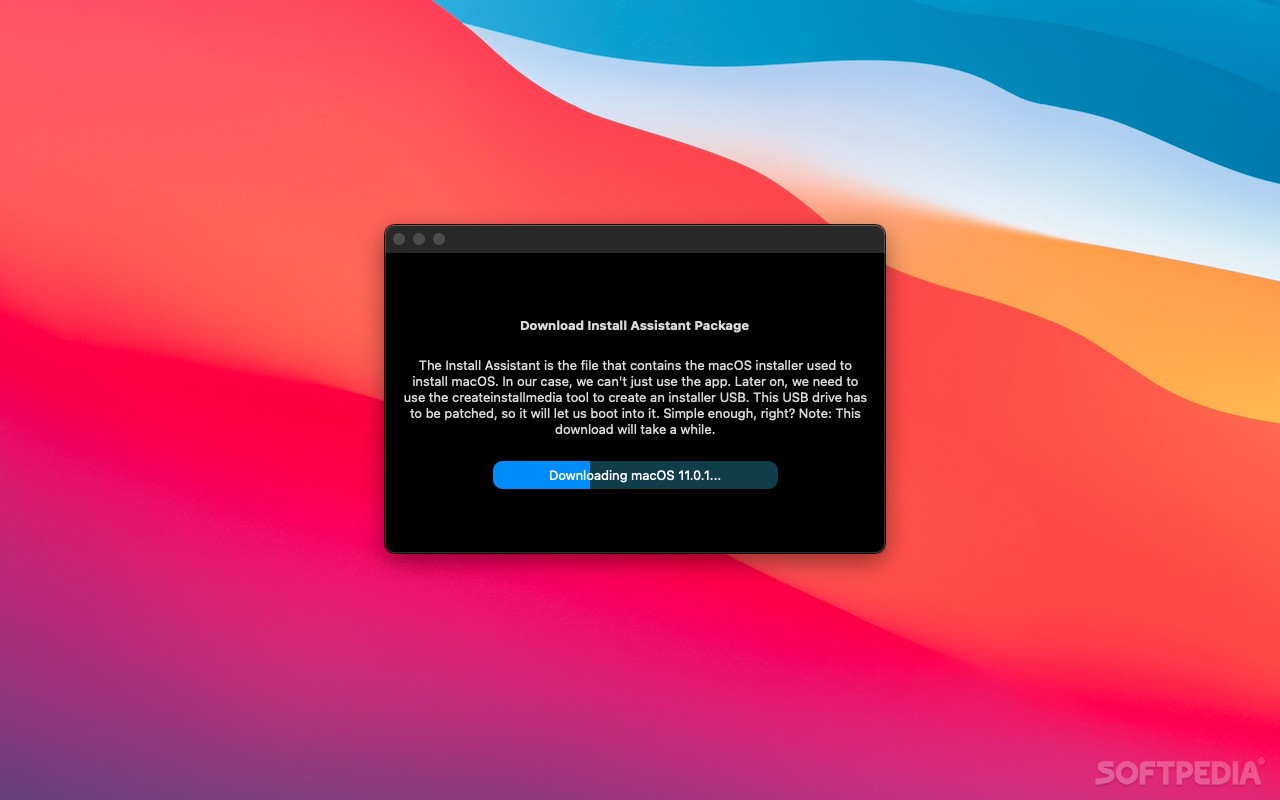
The nonlocal hot plasma dielectric response is formulated by calculating the plasma conductivity kernel based on the solution of the linearized Vlasov equation in inhomogeneous magnetic field. The wave equations with linearized hot plasma dielectric response are solved in configuration space on adaptive cloud of computational points. Initial Simulations of RF Waves in Hot Plasmas Using the FullWave CodeįullWave is a simulation tool that models RF fields in hot inhomogeneous magnetized plasmas. The algorithm and the results of our numerical approach to solving 2-D wave equations in a tokamak geometry will be presented.
#BEN SOVA PATCHED SUR CODE#
All the components of the code are parallelized using MPI and OpenMP libraries to optimize the execution speed and memory. The conductivity kernel is calculated on a coarse grid of test points and then interpolated linearly onto the computational points. Another part of the code is the conductivity kernel calculation, used for modeling the nonlocal hot plasma dielectric response. The computational points are generated using either a point elimination method or a force balancing method based on the monitor function, which is calculated by solving the cold plasma dispersion equation locally. As an important component of the code, an adaptive meshless technique is introduced to solve the wave equations, which allows resolving plasma resonances efficiently and adapting to the complexity of antenna geometry and device boundary.
#BEN SOVA PATCHED SUR FULL#
is developing a full wave RF modeling code to model RF fields in fusion devices and in general plasma applications. Zhao, Liangji Svidzinski, Vladimir Spencer, Andrew Kim, Jin-SooįAR-TECH, Inc.

DOE SBIR program.ĭevelopment of full wave code for modeling RF fields in hot non-uniform plasmas

The presentation will include numerical results of wave propagation and absorption in the cold and hot tokamak plasma RF models, using DIII-D geometry and plasma parameters. We will present results on using a meshless formulation on adaptive CCP to solve the wave equations and on implementing the non-local hot plasma dielectric response to the wave equations. Work has been done on the following calculations: 1) the conductivity kernel in hot plasmas, 2) a monitor function based on analytic solutions of the cold-plasma dispersion relation, 3) an adaptive CCP based on the monitor function, 4) stencils to approximate the wave equations on the CCP, 5) the solution to the full wave equations in the cold-plasma model in tokamak geometry for ECRH and ICRH range of frequencies, and 6) the solution to the wave equations using the calculated hot plasma conductivity kernel. The conductivity kernel is calculated by numerically integrating the linearized Vlasov equation along unperturbed particle trajectories. It is based on a meshless formulation in configuration space with adapted cloud of computational points (CCP) capability and using the hot plasma conductivity kernel to model the nonlocal plasma dielectric response. is developing a suite of full wave RF plasma codes. Spencer, Andrew Svidzinski, Vladimir Zhao, Liangji Galkin, Sergei Kim, Jin-SooįAR-TECH, Inc. Modeling RF Fields in Hot Plasmas with Parallel Full Wave Code The linear wave equation is formulated using two approaches: for cold plasmas the local cold plasma dielectric tensor is used (resolving resonances by particle collisions), while for hot plasmas the conductivity kernel is calculated. 3) It uses an efficient sparse matrix solver to solve the formulated linear equations. 2) It uses an adaptive grid to better resolve resonances in plasma and antenna structures. This suite of codes has the following advantages over existing spectral codes: 1) It utilizes the localized nature of plasma dielectric response to the RF field and calculates this response numerically without approximations. For Tokamak applications a 2-D version of the code is being developed. The conductivity kernel (which includes a nonlocal dielectric response) is calculated by integrating the linearized Vlasov equation along unperturbed test particle orbits. It is based on a formulation in configuration space with grid adaptation capability. is developing a suite of full wave RF codes in hot plasmas.

Spencer, Joseph Svidzinski, Vladimir Evstatiev, Evstati Galkin, Sergei Kim, Jin-SooįAR-TECH, Inc.

Full Wave Parallel Code for Modeling RF Fields in Hot Plasmas


 0 kommentar(er)
0 kommentar(er)
